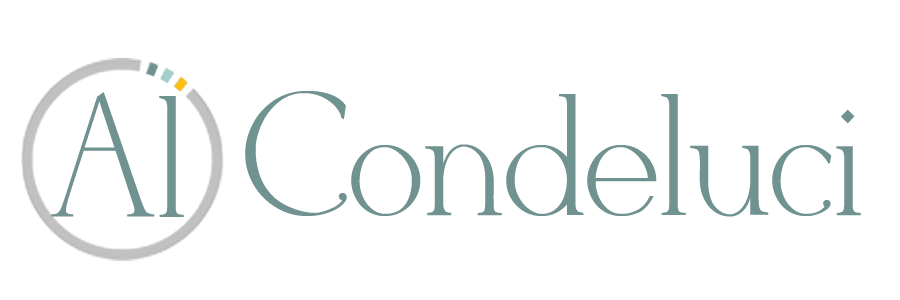Stigma - What You Can Do to Lessen its Effects
/This past weekend I attended the annual NAMI (National Association on Mental Illness) in an effort to learn more about mental illness and find ways people who experience these conditions can be more included and involved in the community. While there I heard an interesting talk by Dr. Otto Wahl, from the University of Hartford, on stigma and was very impressed by his talk.
Now I thought I knew a fair amount about stigma in the work I have done in the disability community, but had never really looked deeply at this concept. I remember reading "Stigma," by Erving Goffman, the eminent sociologist who really articulated the elements of stigma in the 1960's when I was in graduate school, and have certainly seen its (stigma) devaluing energy in my practice, but hadn't examined it in any intellectual way in recent years.
Dr. Wahl gave some powerful statistics as to the continued struggle that stigma causes from limited employment, travel, involvement, all that lead to social isolation and limited social capital. He said there are 4 strategies to combat stigma. These are: 1) Education and Public awareness in a general sense. 2) Protest and Praise, directed at the press or the source of the stigma. 3) Contact, including people who might be living with stigma. 4) Empowerment, that people are given opportunity to speak out and have a voice in the community.
My colleague, Paul Freund, who has been an advocate and therapist in the mental health field for the past 35 years told me that people with mental illness report that stigma is more painful and problematic to them than the actual mental illness symptoms they experience.
So what can we do with this? Dr. Wahl suggested that we can all be positive role models, support organizations that deal with stigma, and speak out when we see/hear things that are unjust, and stereotypic. To Wahl's perspective I might add, look to build relationships with folks that might be experiencing a mental illness. We know that relationships build tolerance, and acceptance, and in the process we will grow as well.
